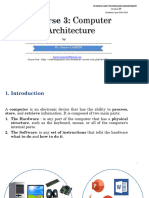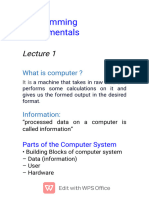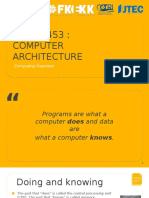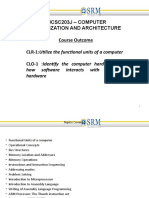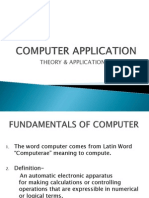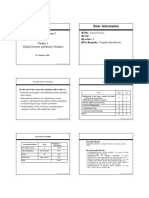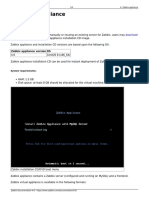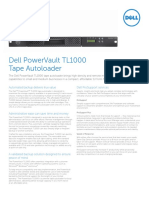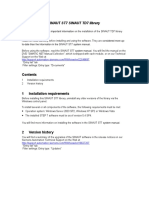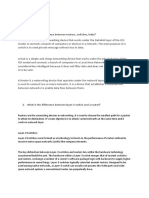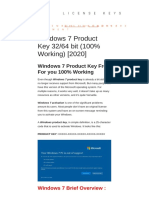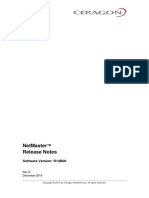0% found this document useful (0 votes)
29 views11 pagesComp Sci Notes - Topic 2
The document provides an overview of computer architecture including the CPU, control unit, registers, buses, memory and how instructions are fetched and executed. It also covers operating systems, applications, and pros and cons of different interface types.
Uploaded by
davidkameel2132007Copyright
© © All Rights Reserved
We take content rights seriously. If you suspect this is your content, claim it here.
Available Formats
Download as PDF, TXT or read online on Scribd
0% found this document useful (0 votes)
29 views11 pagesComp Sci Notes - Topic 2
The document provides an overview of computer architecture including the CPU, control unit, registers, buses, memory and how instructions are fetched and executed. It also covers operating systems, applications, and pros and cons of different interface types.
Uploaded by
davidkameel2132007Copyright
© © All Rights Reserved
We take content rights seriously. If you suspect this is your content, claim it here.
Available Formats
Download as PDF, TXT or read online on Scribd
/ 11

























